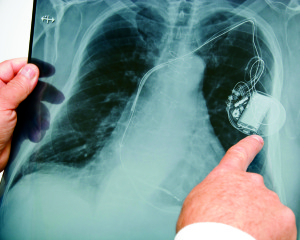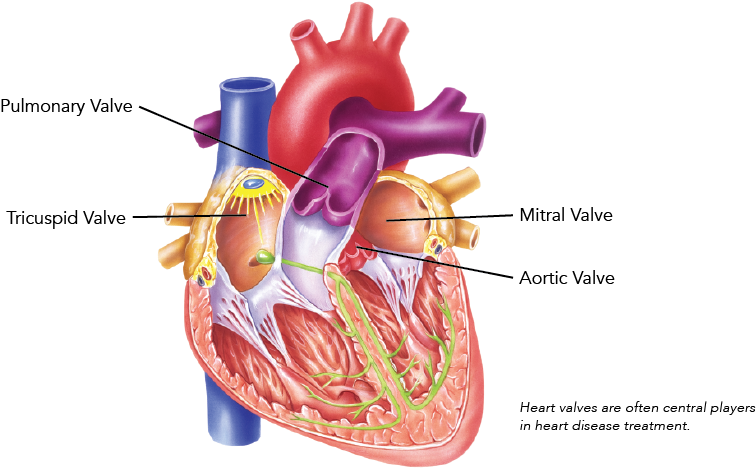Coronary Artery Bypass Graft Surgery (CABG)
This surgery most often comes into play when less invasive procedures and treatments do not open up the arteries to the heart. The procedure creates new paths for blood flow to the heart, reducing symptoms of chest pain and improving the heart’s ability to function.
Considerations
One of the main reasons bypass surgery is done is that a coronary angiogram—a test to see how well blood is flowing to your heart—shows a narrowing of the left main coronary artery. This procedure is also used in the following situations:
- You take medication for chest pain or discomfort (angina) but your activities remain limited.
- Your heart was damaged by a heart attack and you are experiencing symptoms of heart failure, such as shortness of breath and fatigue.
How it Works
Patients undergoing coronary artery bypass surgery are given general anesthesia for a procedure that lasts from three to six hours. CABG surgery uses segments (grafts) of veins or arteries from the leg or chest to bypass arteries in the heart that are blocked or narrowed. The bypass allows more blood and oxygen to flow to the heart. A patient may undergo one or more bypass grafts, depending on how many coronary arteries are blocked. After surgery, patients usually stay in intensive care for a day or two and in the hospital for a week or so. Recovery from immediate surgery generally takes from four to six weeks. Full recovery takes a few months or more. Keeping the heart healthy also requires eating well, exercising, and quitting smoking.
Devices and Therapies
Many of us benefit from implantable devices that keep our heart beating normally. Here are the most common ones:
Pacemakers
The sinoatrial (SA) node is our heart’s natural pacemaker, creating the electrical impulses that cause our heart to beat. For the heart to beat properly, the SA node’s signal must move down a specific path to the heart’s ventricles (lower chambers).
When something damages or weakens the heart’s electrical conduction system it starts to beat too fast, too slow, or irregularly. Causes include birth defects, heart disease or heart attack, nervous system issues, medication, aging, or a blockage in the heart’s electrical pathways.
Artificial pacemakers are an effective solution for many patients. They can be implanted temporarily or permanently to stimulate the heart muscle correctly, allowing it to beat as it should. Your doctor will check it regularly to make adjustments and replace the battery. You must also be careful when using cell phones, at places like airports that use electromagnetic security systems, and when undergoing medical procedures, such as MRIs and therapeutic radiation.
Implantable Cardioverter Defibrillators (ICDs)
These devices have been shown to prevent sudden death in patients with known, sustained ventricular tachycardia or fibrillation. Biventricular cardioverter defibrillators are also used to treat advanced heart failure.


